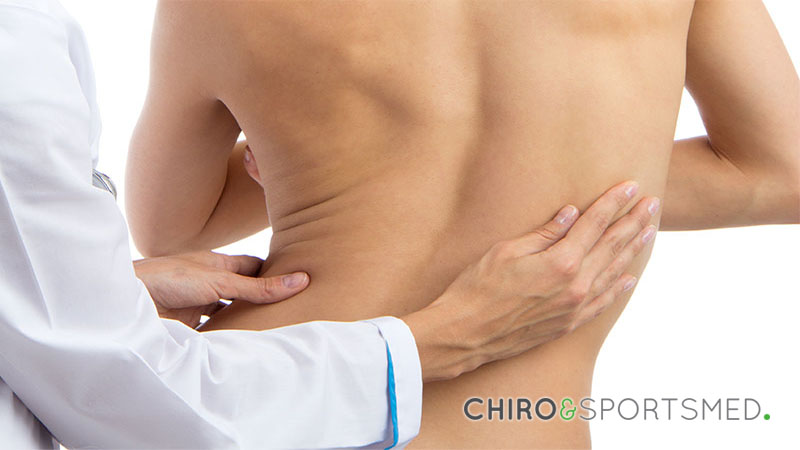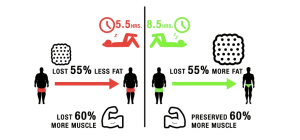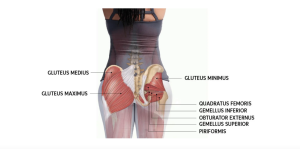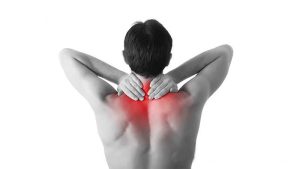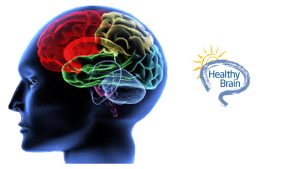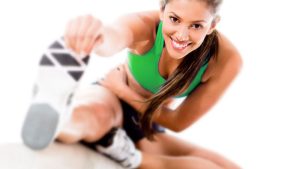Scoliosis
Scoliosis is a condition that describes a sideways curvature of the spine that gives an “S” or “C” appearance of the spine rather than a straight “I”. This condition can result in the bones of the spine to turn (rotate) causing one shoulder, scapula (shoulder blade), or hip to appear higher than the other. The incidence of small spinal curves is very similar in boys and girls, but girls tend to have a progressively larger scoliotic curve that will need treatment.
Cause of scoliosis
In most cases the actual cause of Scoliosis isn’t known (idiopathic). However, there is a genetic component to its cause as it can occur in a number of people within a family
Classification
Scoliosis can develop at any age and is classified based on the onset. They are:
-
- Adolescent idiopathic scoliosis is the most common type and occurs after the age of 10 years.
- Infantile scoliosis occurs in children less than 3 years old. It could derive from an abnormally shaped vertebra at birth (congenital), various syndromes, or neurologic disorders.
- Juvenile scoliosis is not common and occurs in children between the ages of 3 and 10 years.
Symptoms of scoliosis
Scoliosis can cause mild discomfort and pain but does not usually cause any neurological dysfunction, or respiratory problems. The concern over the appearance of the back often is another concern of the patient and parents. The incidence of back pain among patients with scoliosis is greater than that of the general population.
Treatment for scoliosis
- The kind of treatment required is dependent upon the type and degree of the curve, the child’s age, along with the number of growth years remaining before the child reaches skeletal maturity.
- Chiropractic helps in treating back pain associated with the abnormal lateral spine curving with an emphasis on posture and breathing.
- Utilising different physical therapy methods such as muscle stimulation techniques can help counterbalance the effects of scoliosis. It can improve the shape and appearance of your body.
- Most yoga systems are designed to improve muscles through stretching, holding positions, and breathing exercises.
- Pilates are vigorous exercises that concentrate on strengthening abdominal and back muscles.
Observation is important when the curve is mild (less than 20°) or when the child is near skeletal maturity. However, the chiropractor will need to reassess the curve consistently to determine that it is not progressively getting worse. You may well be asked to return every 3 to 6 months for re-examination. When the curve is greater than 45° and the child is still growing, the chiropractor may recommend surgery. If the patient has reached skeletal maturity, surgery may still be appropriate curves that exceed 50° to 55°.
If you would like to make an appointment with one of the chiropractors at Chiro & Sports Med simply call our office on 9817 2005 and one of our friendly staff will organise an appointment for you.
